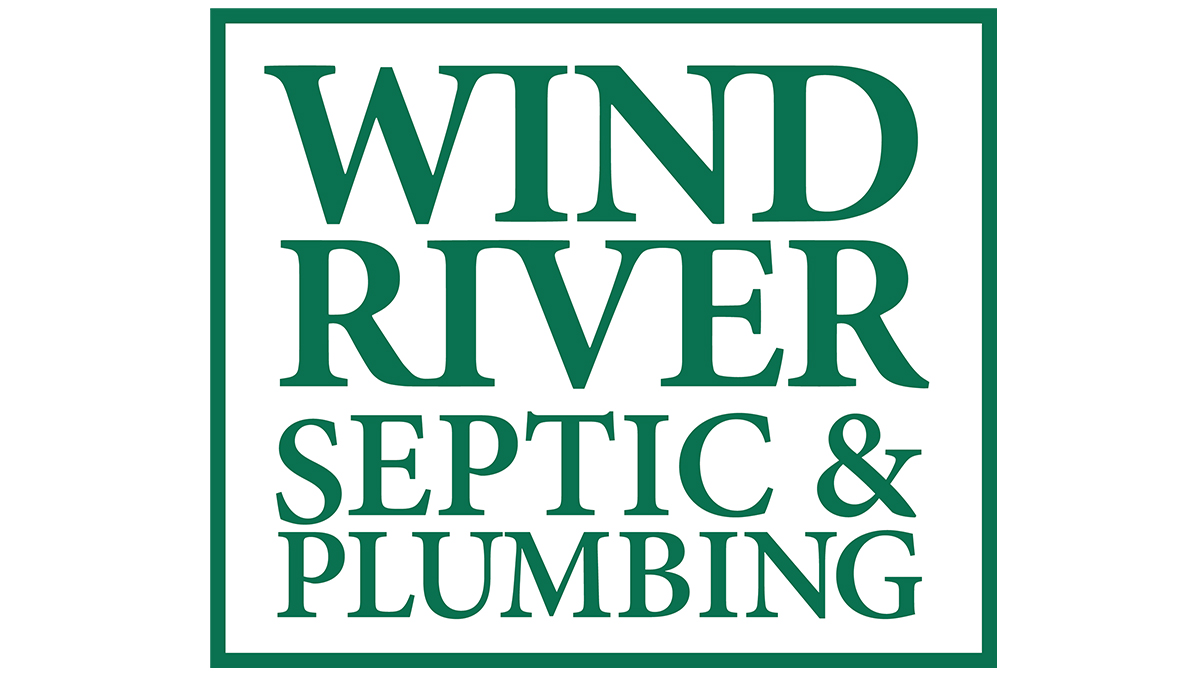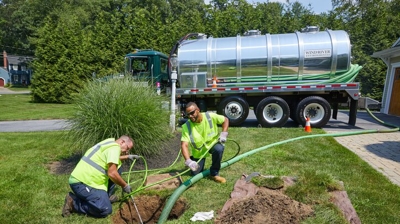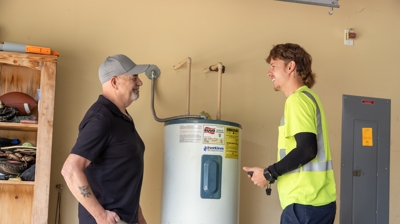Congrats on your new home! It’s an incredible milestone, but one that does come with quite a bit of responsibility.
For one, you can’t just call your landlord or management company if you have plumbing issues. That’s why it’s best to get all things plumbing squared away from the start. Plus, you’ll want to keep tabs on essential functions over time to catch problems before they escalate. Here are our top tips to keep things tip top.
1) Get Your Plumbing Inspected
Not all plumbing problems will be evident to you, especially if they require high-tech gear or cameras to view (like in your sewer system or hidden water pipes).
That’s why it’s advisable to call in experts to perform a plumbing inspection. They have the equipment and expertise needed, plus you’ll learn early on what should be repaired or replaced, potentially saving you hassle and money in the long run. Regular inspections are also recommended so everything continues to run properly.
2) Learn About Water Leaks
Water leaks sound small-time, but they can cause a ton of damage if you don’t catch them early on. Signs include sounds of dripping, indications of water running on the walls, or soft wallboards.
Keep tabs on cabinets for hints of moisture or leaks. And keep an eye on your monthly water bills. If they’re higher than usual, it could be a clue that your pipes are leaking.
3) Keep Your Drains Clog-Free
Debris, oil, and hair are all drain no-nos. But what if—despite your best intentions—your drains are already clogged? You can start the unclogging process by using a plunger or implementing homemade methods like baking soda and white vinegar.
4) Find Your Water Valve
If there’s a water leak or burst pipe in your house, you’ll want to know what to close. The main valve is typically located in a green utility box outside the house. In some, it’s installed underground.
Sometimes it’s inside the house in a utility room or basement. Usually, you’ll locate the shutoff valves behind the plumbing fixture in the spots where they function. This could mean behind a toilet or near a washing machine or dishwasher.
5) Weather-Proof Your Pipes
Some of your plumbing problems can emerge from what you can’t control—like the weather. Colder seasons are hazardous because they can cause your pipes to freeze. Frozen pipes can then burst (anytime!), causing major flooding and water damage.
Prevent this danger by clearing the lines and turning off valves before wintertime. You can also insulate exposed pipes with heating tape, fiberglass, or foam rubber sleeves. It’s also handy to open cabinet doors, allowing warm air to circulate, and keeping a gentle warm drip on for your faucets.
6) Stock Up On Simple Supplies
Many repairs—like replacing a toilet flapper—can be accomplished by yourself, as long as you have the right tools. For example, a bucket of water, a plunger, and a drain snake are helpful for unclogging drains, tubs, sinks, and toilets.
7) Keep Emergency Items Handy
Even if you intend to call in a pro, you’ll want to take quick action if a plumbing issue emerges. When a problem like a leak crops up, be ready to grab a plunger, paper towels, duct tape, a screwdriver, and some towels or rags.
It’s also advisable to have hex keys in your toolkit, so you can adjust small bolts. Some issues can be DIY-fixable, but if they’re more than you can handle, reach out to pros (like Wind River!) so we can help.


.2508141213110.png)


